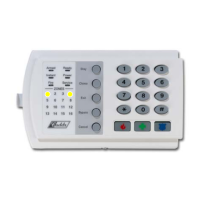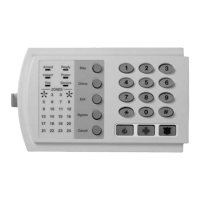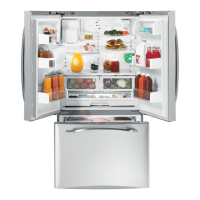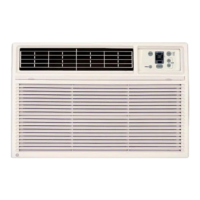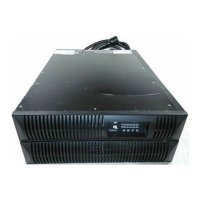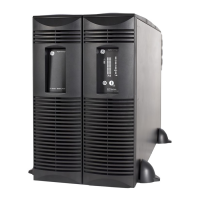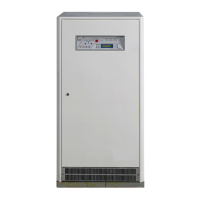Modifications reserved Page 8/99
OPM_SPE_XXX_10K_40K_8GB_V020.doc Operating Manual SitePro 10-15-20-30-40 kVA / S8
Safety instructions when working with battery
EXTERNAL BATTERY MUST BE INSTALLED AND CONNECTED TO THE UPS BY
QUALIFIED SERVICE PERSONNEL.
INSTALLATION PERSONNEL MUST READ THIS ENTIRE SECTION BEFORE HANDLING
THE UPS AND BATTERY.
DANGER!
Full voltage and current are always present at the battery terminals.
The battery used in this system can provide dangerous voltages, extremely high currents and a
risk of electric shock.
If the terminals are shorted together or to ground they may cause severe injury.
You must be extremely careful to avoid electric shock and burns caused by contacting battery
terminals or shorting terminals during battery installation.
Do not touch uninsulated battery terminals.
A qualified service person, who is familiar with battery systems and required precautions, must
install and service the battery.
The installation must conform to national and local codes.
Keep unauthorised personnel away from the battery.
The qualified service person must take these precautions:
1 Wear protective clothing, such as rubber gloves and boots and protective eye wear
Batteries contain caustic acids and toxic materials and can rupture or leak if mistreated.
Remove rings and metal wristwatches or other metal objects and jewelry.
Do not carry metal objects in your pockets where the objects can fall into the battery
cabinet.
2 Tools must have insulated handles and must be insulated so that they will not short battery
terminals.
Do not allow a tool to short between individual or separate battery terminals or to the
cabinet or rack.
Do not lay tools or metal parts on top of the battery, and do not lay them where they could
fall onto the battery or into the cabinet.
3 Install the battery as shown on the drawing provided with the battery.
When connecting cables, never allow a cable to short across a battery’s terminals, the
string of battery, or to the cabinet or rack.
4 Align the cables on the battery terminals so that the cable lug will not contact any part of
the cabinet or rack, even if the battery is moved.
Keep the cable away from any sharp metal edges.
5 Install the battery cables in such a way that the UPS or battery cabinet doors cannot pinch
them.
6 Do not connect the battery terminal to Ground.
If any battery terminal is inadvertently grounded, remove the source of the ground.
Contacting any part of a grounded battery can cause a risk of electric shock.
7 To reduce the risk of fire or electric shock, install the battery in a temperature and humidity
controlled indoor area, free of contaminants.
8 Battery system chassis ground (earth) must be connected to the UPS chassis ground (earth).
If you use conduits, this ground conductor must be routed in the same conduit as the
battery conductors.
9 Where conductors may be exposed to physical damage, protect the conductors in
accordance with all applicable codes.
10 If you are replacing the battery or repairing battery connections, shut OFF the UPS and
remove the battery fuses.
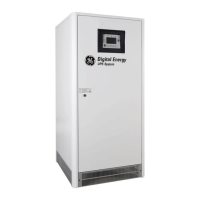
